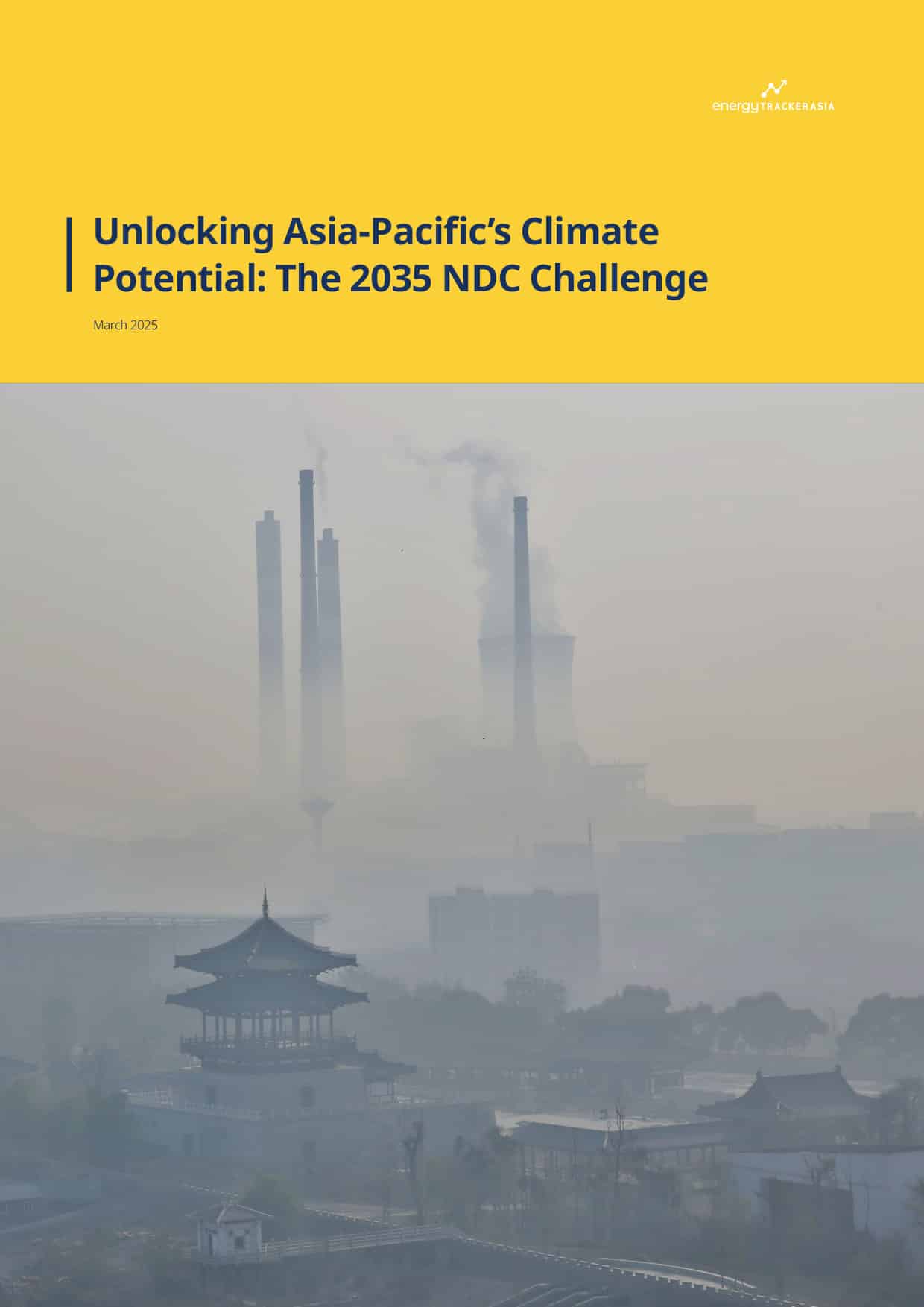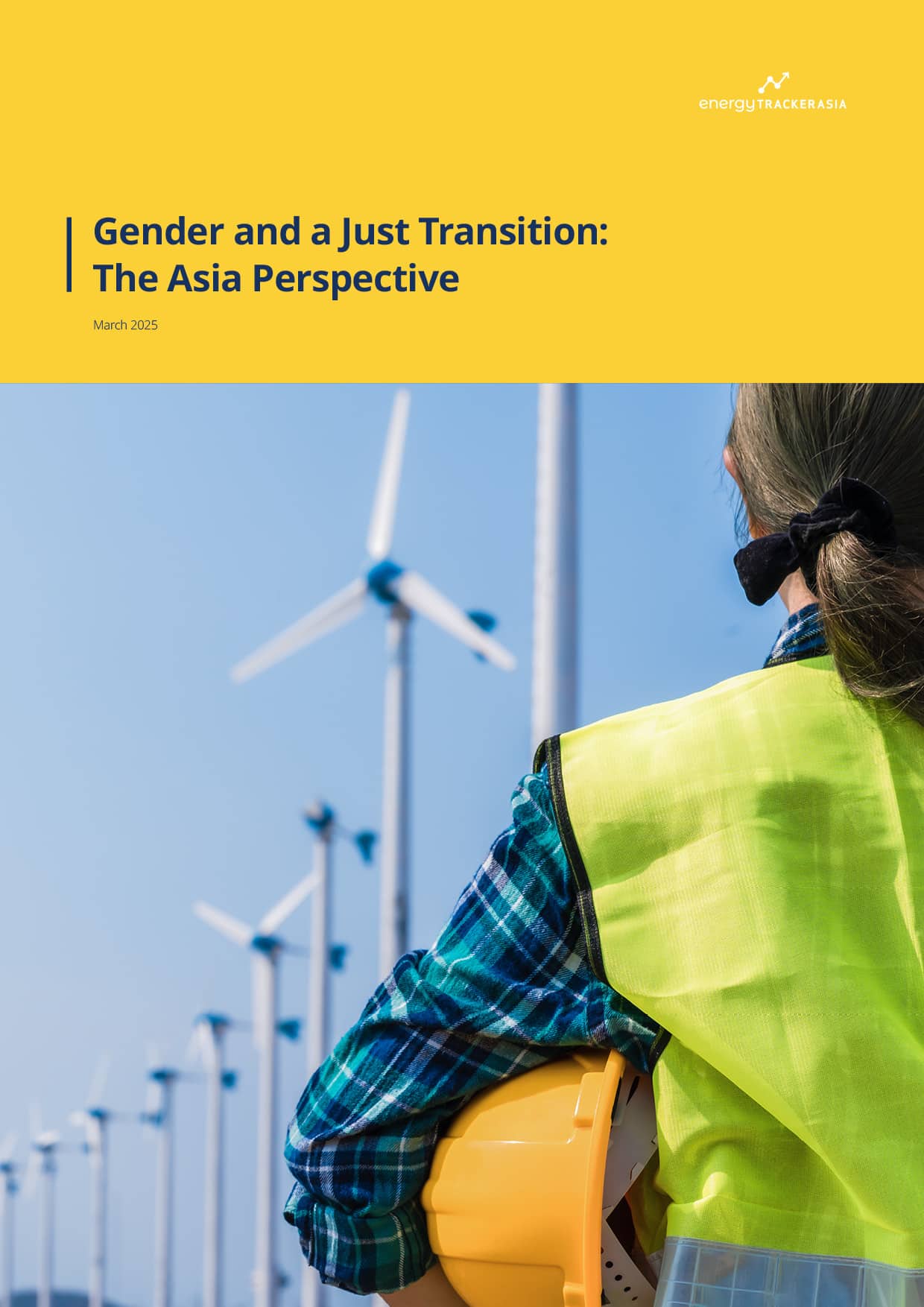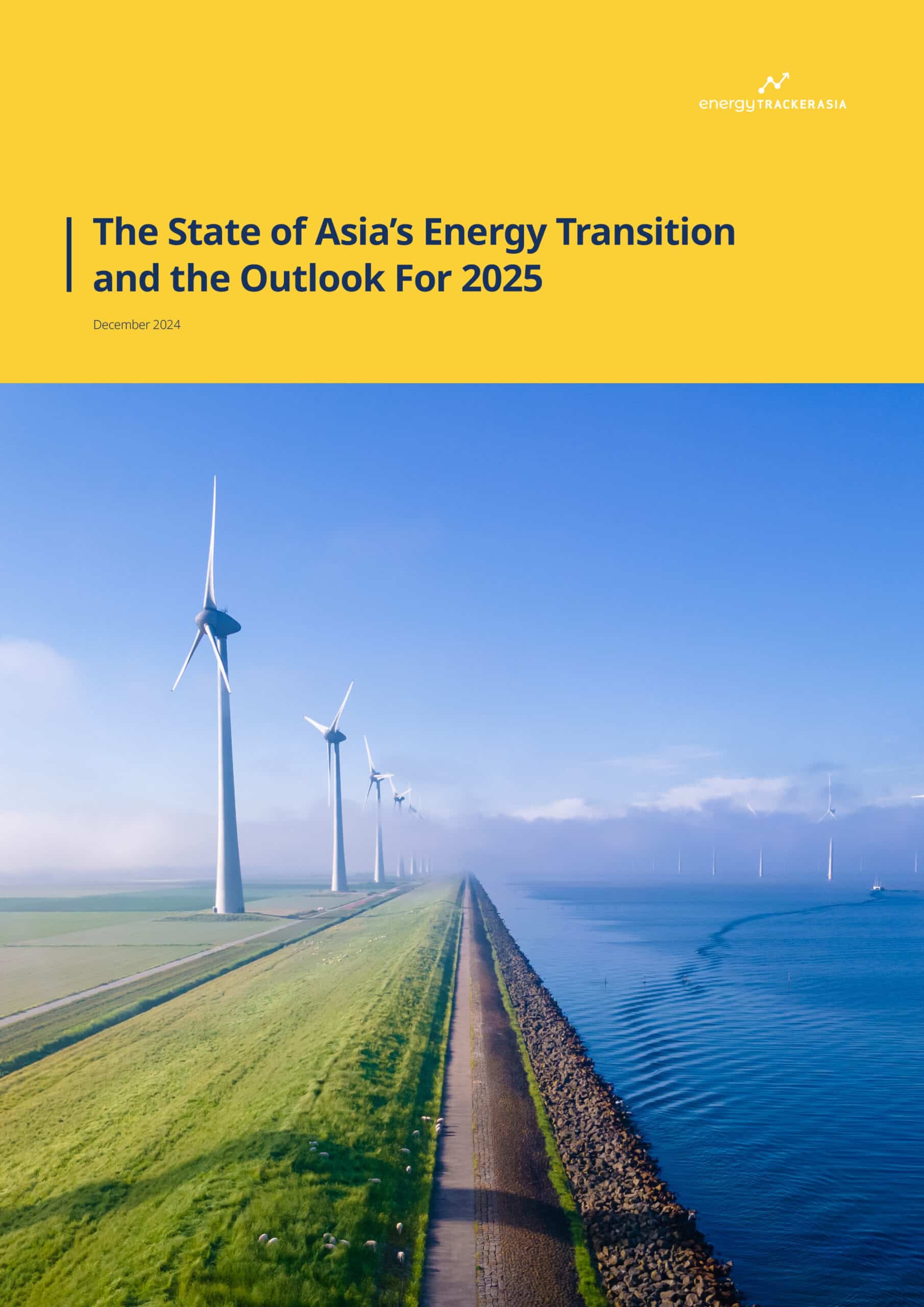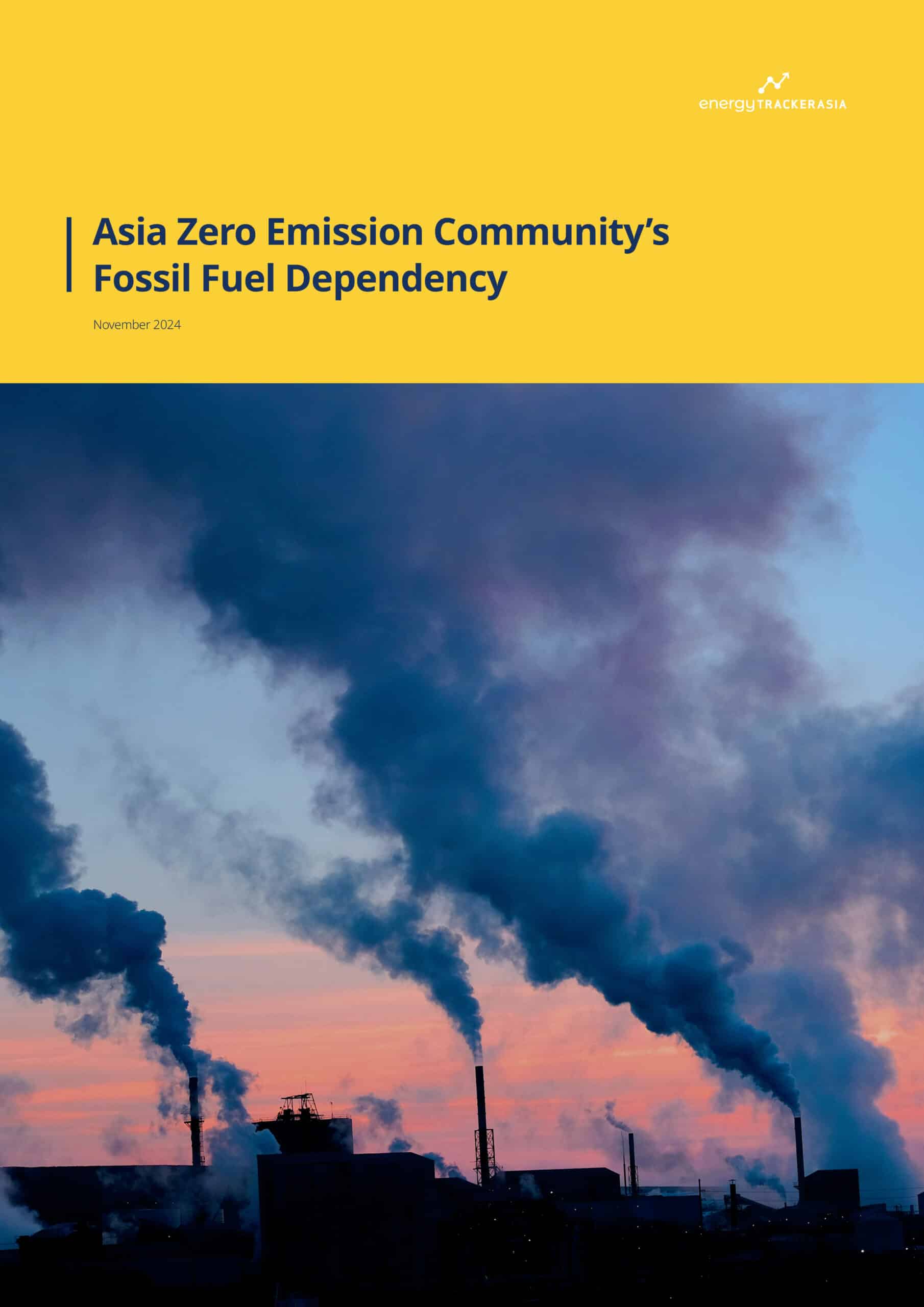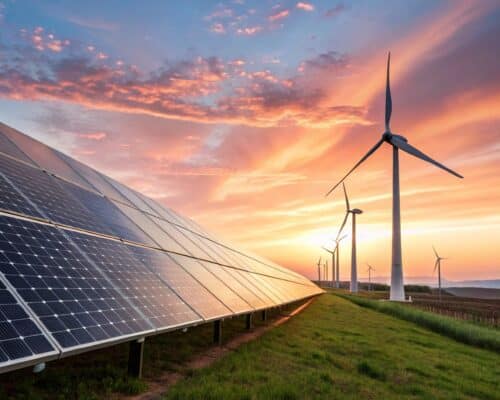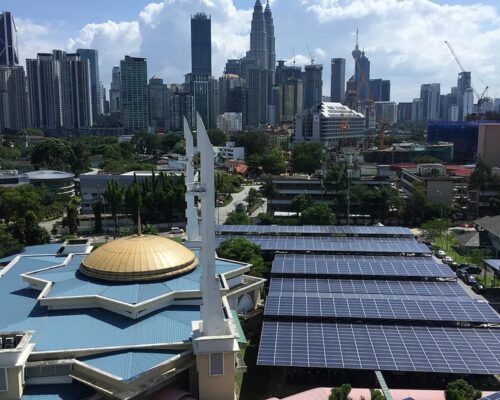Solar Energy vs Fossil Fuels: A Climate and Financial Case
Source: RMI
20 February 2025 – by Eric Koons
In today’s dynamic energy landscape, the debate over solar energy vs fossil fuels is more relevant than ever. Once considered a niche technology, solar power has evolved into a mainstream energy solution driven by significant technological advancements and dramatic cost reductions. Solar energy will be a cornerstone of the global energy transition.
Cost of Solar Energy Production vs Coal, Oil and Natural Gas
Additionally, solar energy costs are rapidly declining, making it cost-competitive with coal, oil and natural gas. This is reshaping global energy markets and challenging the long-held dominance of fossil fuel industry. As concerns over climate change and environmental sustainability intensify, understanding solar energy’s existing role and future potential becomes crucial for decision-makers across industries.
Is Solar Power Better than Fossil Fuels?
The comparison between solar energy and fossil fuels is an environmental, financial and strategic consideration.
Environmental and Climate Impacts
Solar energy’s environmental benefits are significant. Fossil fuel combustion accounts for approximately 92% of global CO₂ emissions, with over 75% directly from the energy sector. In contrast, solar photovoltaic (PV) systems generate electricity without directly emitting greenhouse gases.
Life-cycle analyses indicate that utility-scale solar photovoltaic (PV) systems produce under 50 grams of CO₂ equivalent per kilowatt-hour (CO₂e/kWh), compared to coal-fired power plants that can emit upwards of 1,000 grams of CO₂e/kWh.
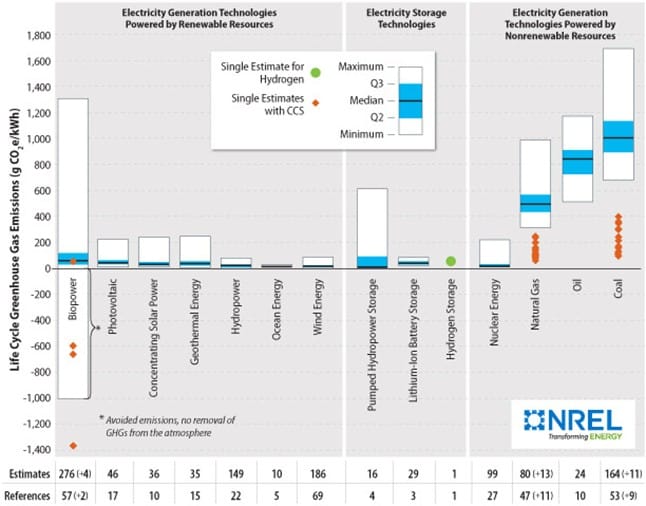
Moreover, solar energy helps reduce air pollutants like sulphur dioxide and nitrogen oxides, contributing to better public health outcomes — a crucial benefit in densely populated cities struggling with air quality issues. Air pollution is the second leading global risk factor for death, with South Asia accounting for the largest share.
Financial Viability and Cost Comparison
When it comes to cost, solar has seen a dramatic decline over the past decade. The cost of residential systems has declined 64%, commercial systems 69% and utility-scale systems 82% since 2010. At the same time, solar PV efficiency has increased to 30%. Additionally, while fossil fuel plants often require ongoing expenditure on fuel and maintenance, solar energy systems, solar panels and solar batteries, incur higher upfront costs but benefit from low operational expenses and minimal maintenance needs. This has resulted in a decline in solar’s levelised cost of electricity (LCOE) by over 90% since 2010.
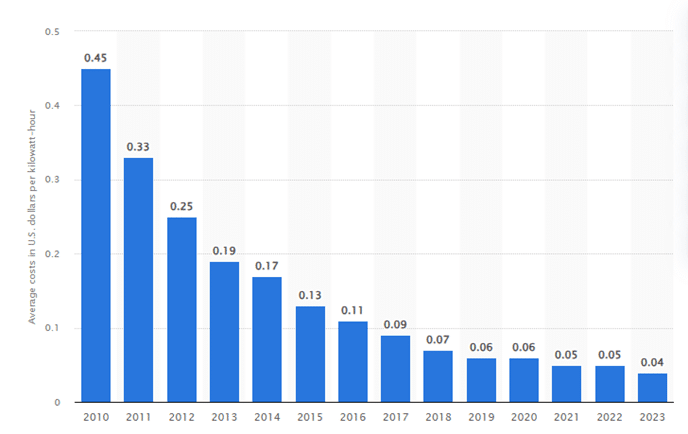
In practice, this results in a very fast system payback period for solar energy developers. Some studies show payback periods as low as 6–10 years, but it depends highly on local conditions and government support.
Government Incentives and Policy Support
Government policies play a pivotal role in levelling the playing field for solar energy and fossil fuels, whether by removing existing fossil fuel subsidies or implementing pro-solar energy support. Across Asia, many governments have introduced incentives to promote solar energy adoption. For example, India’s Ministry of New and Renewable Energy offers significant subsidies and tax breaks for solar projects. At the same time, China’s Renewable Energy Law has fueled the country’s rapid solar capacity expansion. Such initiatives not only reduce financial barriers but also create a stable regulatory environment that attracts both domestic and international investors.
These types of policies have contributed to the region’s 35% annual increase in solar and wind capacity since 2015. Asia is the fastest growing region for wind and solar, with a 6% and 8% higher annual growth than Europe and North America, respectively.
Market Trends and Future Growth
Market trends clearly favour solar energy. The International Energy Agency (IEA) predicts that global renewable capacity will grow by 5,500 GW by 2030, with solar making up 80% of this growth. Renewables are set to account for 50% of global electricity demand – up from around 30% today. While solar energy capacity is rapidly increasing, fossil fuel capacity will remain stagnant.
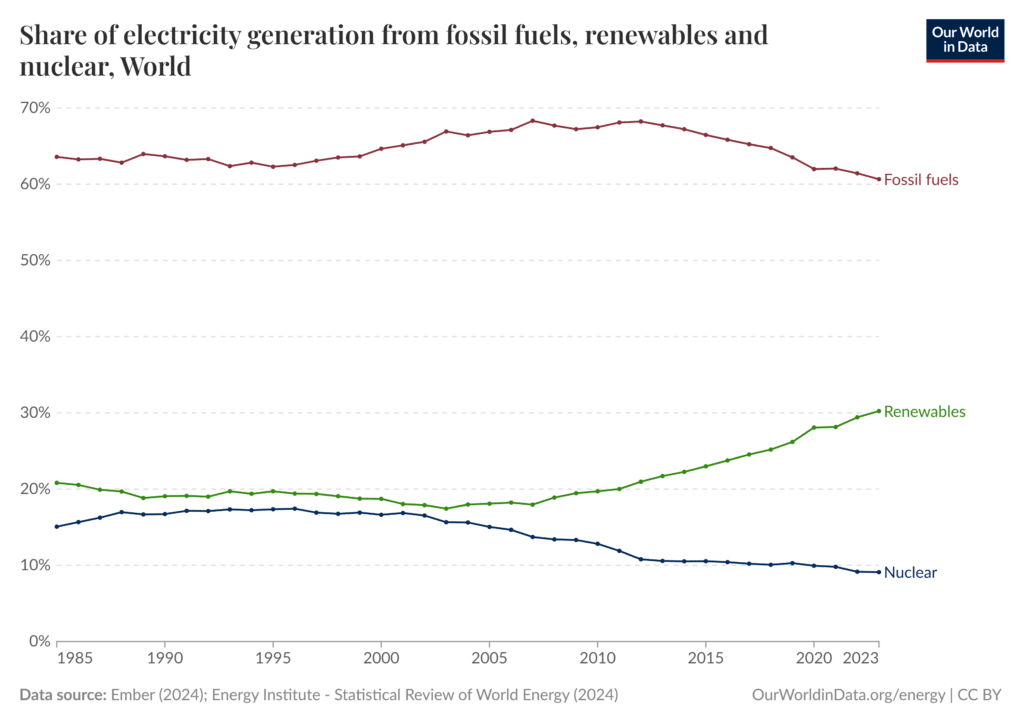
These trends, along with technological advancements that continue to boost efficiency and reduce costs, indicate that solar energy production is poised to outpace fossil fuel extraction in capacity and financial returns in the coming years.
Strategic Considerations for Renewable Energy in Asia
Transitioning to solar energy involves understanding regional dynamics and mitigating associated risks. The Asian market presents a unique situation where country-level infrastructure and climate widely vary.
Assessing Local Market Conditions
Local market conditions can significantly influence the success of solar projects. In Asia, geographical diversity means that resource availability, infrastructure readiness and political stability vary widely.
For instance, countries like Bangladesh and Indonesia enjoy abundant solar irradiation, making them ideal for solar projects. Meanwhile, nations such as South Korea and Japan offer advanced infrastructure.
Developers should evaluate potential investments based on local data on solar insolation, grid capacity and the regulatory framework to ensure that their projects are feasible and profitable.
Risk Management and Investment Strategies
Every investment comes with risks, and renewable energy is no exception. Common challenges include technological uncertainties, existing grid infrastructure and fluctuating government policies. Diversifying across multiple projects and strategic partnerships with local firms is essential to mitigate these risks.
The World Bank’s Renewable Energy Guide suggests that investors safeguard their investments by maintaining a balanced portfolio and staying updated on policy changes. Additionally, adopting flexible project management strategies can help leaders respond swiftly to market dynamics, ensuring long-term financial sustainability and resilience in the face of uncertainty.
Towards the Renewable Energy Transition
Governments and industry leaders worldwide increasingly recognise the value of solar energy over fossil fuels to fight global warming. Solar power and other renewable energy sources are essential to addressing the dual challenges of economic development and climate change. International forums such as the Conference of the Parties (COP) and international agreements like the Paris Agreement have called for urgent reductions in greenhouse gas emissions — a target that solar energy can help meet at scale.
Accelerating the deployment of solar technologies not only aligns with global climate goals but also fosters socioeconomic progress by creating new jobs, improving public health, promoting energy security and energy independence. By embracing ambitious renewable energy targets and channelling innovation into solar power, nations can collaborate towards a cleaner, more equitable future — a future in which economic growth and environmental stewardship coexist sustainably.
by Eric Koons
Eric is a passionate environmental advocate that believes renewable energy is a key piece in meeting the world’s growing energy demands. He received an environmental science degree from the University of California and has worked to promote environmentally and socially sustainable practices since. Eric’s expertise extends across the environmental field, yet he maintains a strong focus on renewable energy. His work has been featured by leading environmental organizations, such as World Resources Institute and Hitachi ABB Power Grids.
Read more